Sometimes Christians treat Genesis 1-3 as a kind of prolegomenon to the biblical narrative. These chapters are important, it is thought, primarily to set the stage for the real business of Christian theology—those issues involved in the doctrine of redemption.
Moreover, when we do engage the theology of creation more directly, our interest tends to be narrowly focused questions springing up from science-faith dialogue: what are the nature of the days in Genesis 1? Are the Adam and Eve of Genesis 2-3 historical figures? Are they the first human beings, and the progenitors of all modern human beings?
These are obviously vital questions. However, if we engage Genesis 1-3 as more than a mere preamble or preface to the biblical story, we will find that the material contribution of these chapters to Christian theology is far from exhausted by such concerns. This portion of Scripture offers a holistic framework for how to live as God’s creatures in God’s world,The categories of sin and salvation are only comprehensible in light of the prior category of creation.helping us integrate every aspect of our existence—from relationship to work, art, laughter, music, and play—under our calling as God’s image-bearers.
In the church we have often emphasized life as a Christian without reference to life as a human being. But the categories of sin and salvation are only comprehensible in light of the prior category of creation—the assertion, “I am a sinner” is a further specification of the assertion, “I am a creature.” Furthermore, if redemption involves not a repudiation of our original creaturely mandate but rather a reorientation toward it (e.g., Col. 3:10, Eph. 4:24), then the doctrine of creation not only precedes and undergirds the doctrine of redemption, but informs it. We are not just saved from something (sin), but saved to something (imaging God).
Engaging Augustine’s doctrine of creation is, as I suggested in my previous post, one way to broaden our horizon of concerns within the doctrine of creation. In this post we will identify just one instance of this: creation was for Augustine the clue to unravelling the deepest longings of the human heart.
Two Kinds of Reality
Because it was forged in the context of apologetic dispute, Augustine’s doctrine of creation has a kind of philosophical flair. Even his exegetical works devote considerable space and energy to digressions concerning the origin of the soul, or the nature of memory, various Manichean views, etc. Above all, Augustine drew upon the idea of creation ex nihilo (creation from nothing) to distinguish the Christian view of creation from various Manichean, Parmenidean, and Platonic alternatives. Thus, for instance, the Christian God is not like the demiurge of Plato’s Timaeus, who shapes the world from pre-existent chaos.
This emphasis on creation ex nihilo entailed a thick ontological distinction between God and the created world. Since God freely brings creatures into being from nothing, they owe their existence entirely to Him. They are therefore, in a sense, “less real” than God. As Joseph Torchia puts it, “creatures occupy a mid-rank which situates them between the plenitude of Being found in God and absolute negation.”N. Joseph Torchia, Creatio Ex Nihilo and the Theology of Augustine: The Anti-Manichaean Polemic and Beyond (American University Studies 205; New York: Peter Lang, 1999), 236. Thus, for Augustine, creaturely existence is not an autonomous but participatory act; it necessarily involves relation, for the only kind of being that any creature can enjoy is from the One who is Being itself.
The “Conversion Torque” of Creatureliness
All this led Augustine to suppose a radical dependence in creatures upon God, even apart from the contamination of sin. As Jared Ortiz puts it, “for Augustine, creation has a ‘conversion torque,’ a dynamic orientation toward God, indeed, toward salvation.”Jared Ortiz, “You Made Us for Yourself”: Creation in St. Augustine’s Confessions (Minneapolis: Fortress Press, 2016), 230. To be sure, sin introduces a fundamentally new problem, disrupting the Creator-creature link. But because of creation’s radically contingent status, Augustine emphasized a continuity between our redemption from sin and our bodily, creaturely life. For Augustine, redemption is not an intrusion into our creaturely status, but its deepest fulfillment.
In his finished commentary of Genesis, for instance, he declares that the perfection of each created thing can only occur in Him from whom it derives its being in the first place. He describes each created thing “finally coming to rest” in God as the attainment of “the goal of its own momentum.” The “momentum” he has in view here is generated by creatureliness—the inherent tilt of all creatures toward God. Thus, Augustine proceeds by distinguishing between two different termini of creation:
The whole universe of creation . . . has one terminus in its own nature, another in the goal which it has in God . . . It can come to no stable and properly established rest, except in the quiet rest of the one who does not have to make any effort to get anything beyond himself to find rest in it. And for this reason, while God abides in himself, he swings everything whatever that comes from him back to himself, like a boomerang, so that every creature might find in him the final terminus and goal for its nature, not to be what he is, but to find in him the place of rest in which to preserve what by nature it is in itself.Augustine, The Literal Meaning of Genesis 4.18.34, trans. Edmund Hill (The Works of Saint Augustine 1.13; Hyde Park, NY: New City Press, 2002), 260. Though note that Hill appears to have added the boomerang imagery, which is not present in the Latin.
For Augustine, all that comes from God (creation) must return to him (redemption), like a boomerang. And until it does, it is “restless.”
This language of “restlessness” calls to mind, of course, Augustine’s famous prayer at the start of the Confessions, which is one way to summarize his entire theological vision: “you have made us for yourself and our hearts find no peace until they rest in you.”Augustine, Confessions 1.1, trans. R.S. Pine-Coffin (New York: Penguin, 1961, 21). What is particularly evident here is the significance of creation for Augustine’s conception of human experience and longing. For him, the deepest human reality is our profound “restlessness”—we have lost the very thing for which we have been created, and nothing else but God can fill this void. In a sense, everything else in Augustine’s theology is an outworking of this insight into the infinite yearning of the human heart for God.
Conclusion
Thus, for Augustine, the most important aspect of the doctrine of creation is not its timing or the exact mechanics of how God does it, but rather the more basic ontological distinction it implies: that there are two kinds of reality; that the One is the source and cause of the other; and that the lesser exists in radical dependence upon the greater. God is thus the infinite reference point for all other reality: only in relation to Him can anything else find “rest.”
There is not a single area of theology that is unaffected by meditation on the implications of such a vision, and it is unfortunate if we pass by such considerations too quickly in our haste to determine the age of the universe.
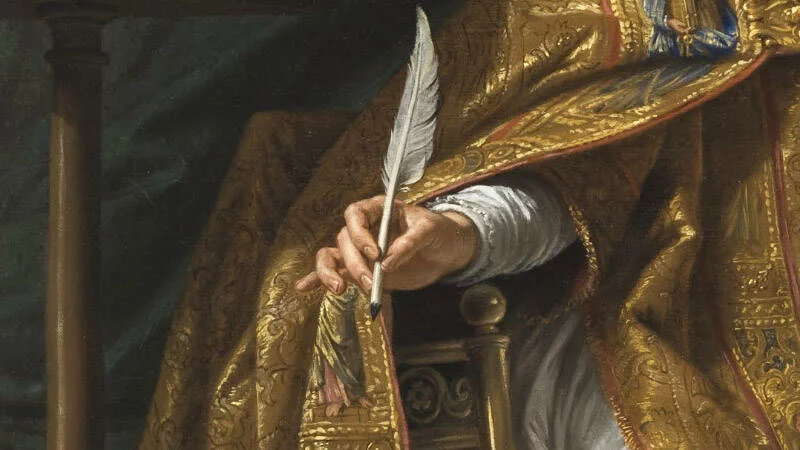

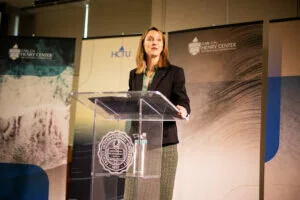
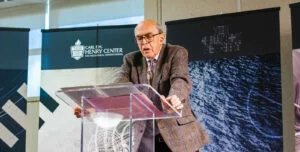
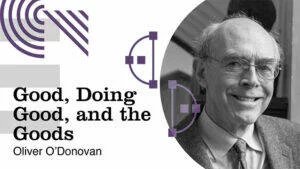

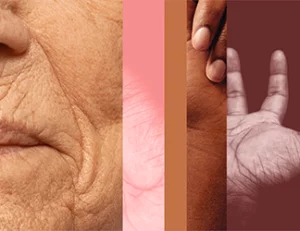

Comments
Be the first one to make a comment!